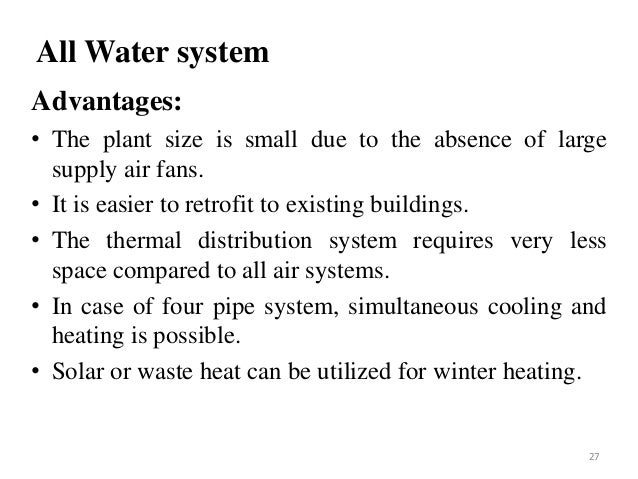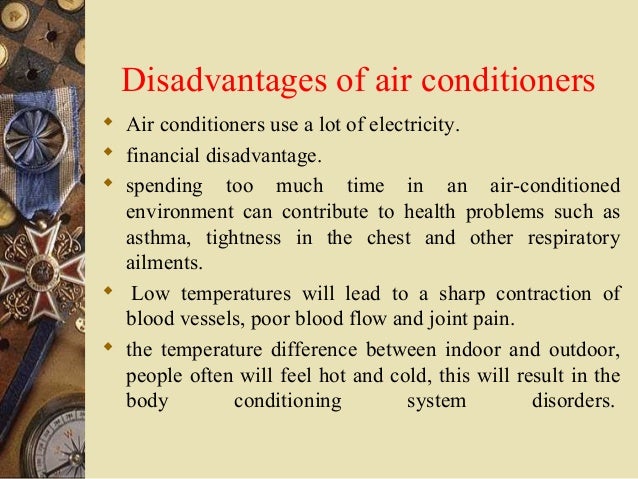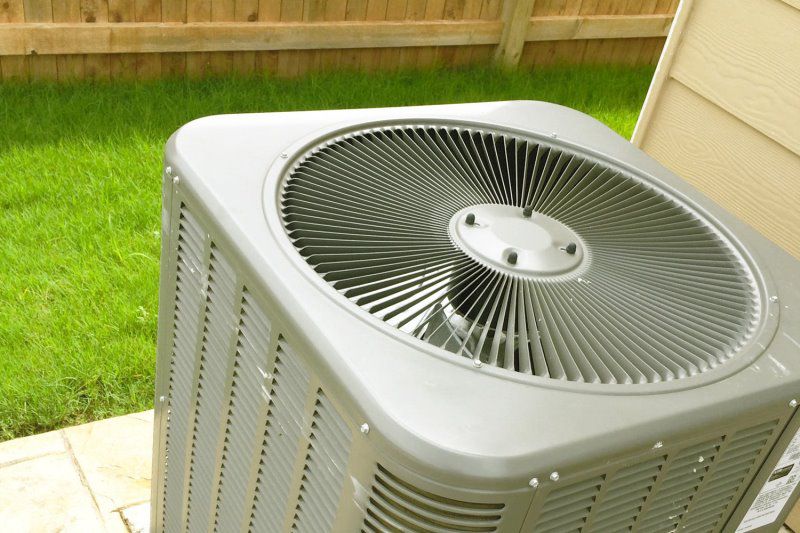
Non-toxic coatings aim to reduce the settlement and/or to increase the release of settled organisms, with fouling-release (FR) coatings, superhydrophobic materials or engineered microtopographies. But this system has limitations such as durability, maintenance, toxicity, and selectivity with the release of chemicals and/or enzymatic components in water that also affects non-targeted organisms in seawater. The former use active chemicals such as biocides or enzymes, to inhibit or reduce the settlement of organisms. Today, two main categories of antifouling (AF) strategies can be found: chemically active coatings and non-toxic coatings. Many approaches to managing marine biofouling have been and are still being developed. This natural and complex process corresponds to the colonization of any structures immersed in seawater by a wide diversity of marine organisms such as bacteria, diatoms, algae, or barnacles. Marine biofouling directly affects the naval and offshore industries as well as desalination plants, aquaculture, marine renewable energy devices and sensors.

Evolutive wetting properties with wetting switching back and forth over time have shown to strongly reduce the colonization by macrofoulers. The apparent contradiction with previous results, based on model organisms, may be due to the huge diversity of marine environments, both in terms of taxa and their size. It is found that for long static in situ immersion, mechanical properties and non-evolutive wettability have no major influence on both abundance and diversity of biofouling assemblages, regardless of the type of organisms.

Quantification of macrofoulers is done by evaluating the surface coverage and the type of organism. Microscopic analysis, quantitative flow cytometry, metabarcoding based on the ribulose biphosphate carboxylase ( r b c L) gene amplification, and sequencing are performed to characterize the settled microorganisms. Influence of microtopography and chemistry on wetting is assessed through static contact angle and captive air bubble measurements over 3-weeks immersion in artificial seawater.


Polymers with nine microtopographies, three distinct mechanical properties, and wetting characteristics are immersed for one month into two contrasting coastal sites (Toulon and Kristineberg Center) and seasons (Winter and Summer). This article aims to show the influence of surface characteristics (microtopography, chemistry, mechanical properties) and seawater parameters on the settlement of marine micro- and macroorganisms.


 0 kommentar(er)
0 kommentar(er)
